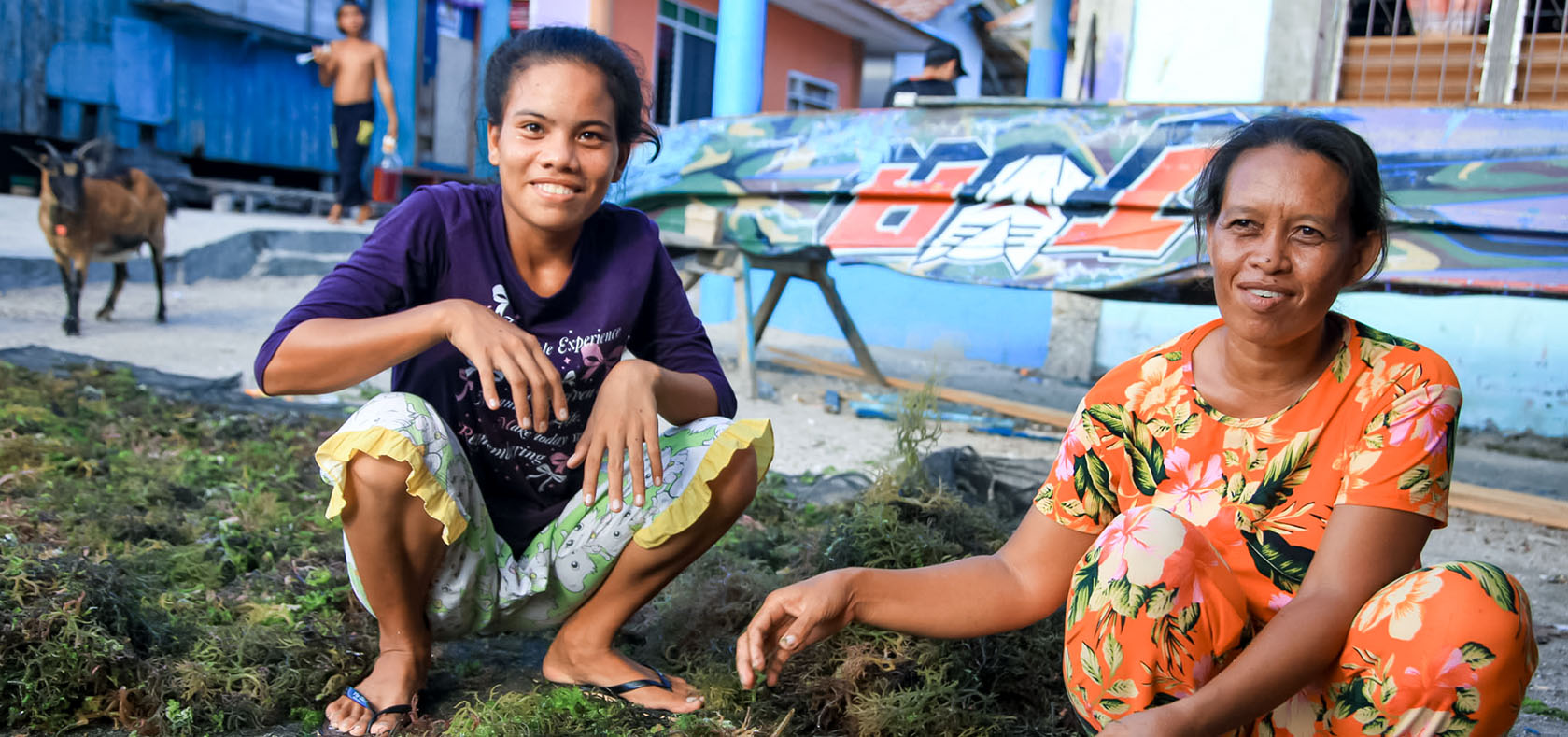From where I stand: “Nature is life, not something that can be reduced to a piece of paper”
Date:
Interviewed by Fanny Arendt

Kert Tandog has been working for two years with the Liyang Network, which raises awareness of front-line environmental activists in Mindanao. One focus is training Indigenous communities on legal literacy and land property laws.

Indigenous women have a unique and strong relationship with nature. According to Indigenous beliefs, women are the spirits of nature, spirits you ask for permission to use its resources.
It is also believed that nature has its own rights, just like a person. Nature cannot be owned by people, just as you cannot own another person. Indigenous people and nature have a symbiotic relationship. They do not take more resources than they need from nature.

The Indigenous concept of nature is important for environmental sustainability, but it is also causing legal problems for Indigenous communities. Corporations entering ancestral domains have claimed to just be borrowing land temporarily, that they will give it back. But they don’t give it back, they steal it, claiming ownership, causing environmental degradation through extractive operations and similar activities.
Working closely with Indigenous women, I have witnessed first-hand the clash between traditional Indigenous beliefs and the formal justice system. The Indigenous people I have met can’t conceptualize needing a document to claim their ancestral land. For them, nature is life, not something that can be reduced to a piece of paper. That is why my organization, Liyang Network, has supported legal literacy trainings for Indigenous communities across Mindanao, Philippines, teaching them about existing property and land laws. We are also supporting Lumad [indigenous] schools who are teaching young students about indigenous people’s rights.
Indigenous people are now more aware of how to legally protect their ancestral domains through formal systems, even if it doesn’t align with their customs and traditional governance systems. I see how Indigenous youth and women are leading the resistance against corporations who are trying to grab their land, destroying the environment, and violating the sacred relationship between Indigenous women and the environment. They will confront corporations, ask what they are doing on their land if they have a legal document approving their operations, and if not, ask them to go away, otherwise, they will report them.
Advancing the legal knowledge of Indigenous women and youth is a key driver of environmental protection. But this learning of knowledge cannot only be one way. We must all make an effort to learn from Indigenous knowledge to reset our relationship with nature toward sustainability.
Kert Tandog (he/she/they) is the committee head of external relations at Liyang Network, a local to global advocacy network that amplifies the calls to action of frontline environmental human rights defenders in Mindanao, Philippines. Kert’s work is directly related to the Sustainable Development Goals, in particular, SDG 5 on gender equality and SDG 13 on climate action.